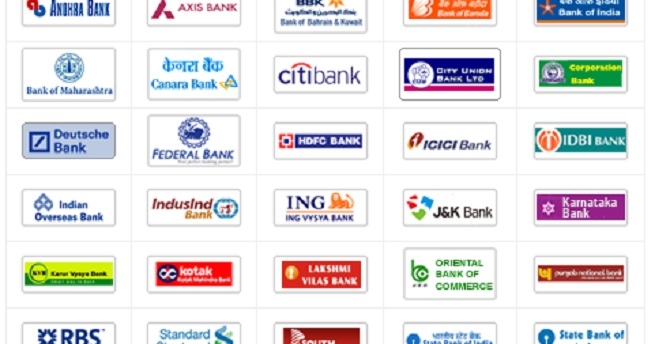Indian banks to write off more loans: Fitch
06 Dec 2019 11:15:15

Business Bureau :
INDIAN banks are likely to take significantly more loan write-offs to reduce bad loans against a backdrop of rising provisions and weak recovery prospects, Fitch Ratings said on Thursday. The state-owned banks account for around 90 per cent of impaired loan stock, and have cumulatively written off nearly USD 30 billion in bad loans in the past three years. “Indian banks' performance for the first half of the financial year ending March 2020 (1HFY20) was characterised by overall weaker loan growth (compared with FY19) and slow resolution of legacy impaired loans,” Fitch said in a report. However, the sector’s overall profitability turned positive for the first time since 2017-18 due to downward-trending credit costs, it said adding that state-owned banks reported losses, albeit smaller than previously.
“Resolution delays coupled with rising provision cover on large legacy bad loans (nearing 90 per cent) could mean that loan write-offs will continue to be high for Indian banks, particularly state-owned banks,” it said. “Write-offs exceeded recoveries and upgrades for nine out of 14 state banks reviewed in 1HFY20, while it was the reverse for private banks.” Loan growth fell to 9 per cent from 11 per cent in 2018-19, Fitch said adding that its expects overall loan growth to remain muted, with banks maintaining their cautionary stance against a backdrop of continued liquidity stress for the real estate and NBFC sectors and a slowing economy. “Retail loan growth has been robust thus far, but banks could turn cautious if economic fundamentals continue to deteriorate,” it said.
Fitch said it believes that the Government could allow a one-off restructuring of real-estate loans -- given the sector’s severe challenges and the rising risk of defaults. Large property defaults could result in losses for direct NBFC creditors, which in turn may pose contagion risks for the broader sector, testing system-wide liquidity, it said. A recent report by property consultants JLL estimated potential stressed developer loans to be around USD 65 billion.
Fitch said the sector impaired-loan ratio (9.9 per cent) remained broadly stable accompanied by an improving provision cover ratio, thanks to ageing provisions against unresolved bad loans. Credit costs for the sector came down further from 3.2 per cent of loans at 2018-19 to 2.1 per cent by the first half of 2019-20, but income buffers of state-owned banks remain weak relative to credit costs (2.6 per cent). State-owned banks’ average impaired-loans ratio was well above the sector at 12.1 per cent, compared with 3.7 per cent for private banks.
“The banks will take substantially more write-offs in an effort to reduce bad loans as India's new non-performing loan (NPL) recovery framework has struggled to deliver on its promise of timely resolution, leaving banks to grapple with weak recoveries and ageing provisions,” the rating agency said. Slower generation of new impaired loans has led to downward-trending credit costs, resulting in profitability turning positive in the first half of 2019-20, albeit still very weak and with state-owned banks continuing to make a loss, it said adding further asset-quality challenges could test the resilience of this recovery, particularly for state-owned banks where both income and capital buffers remain weak.